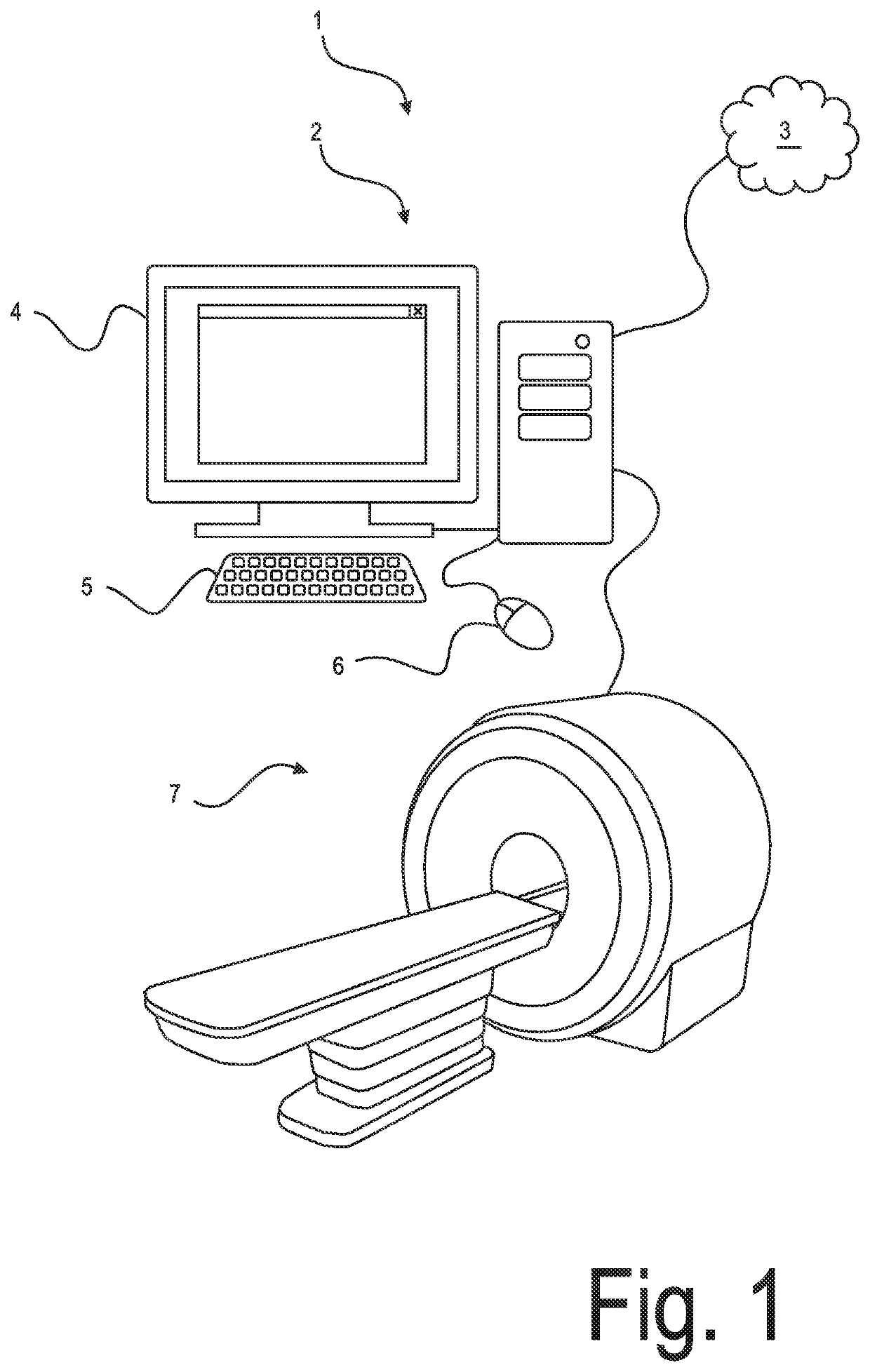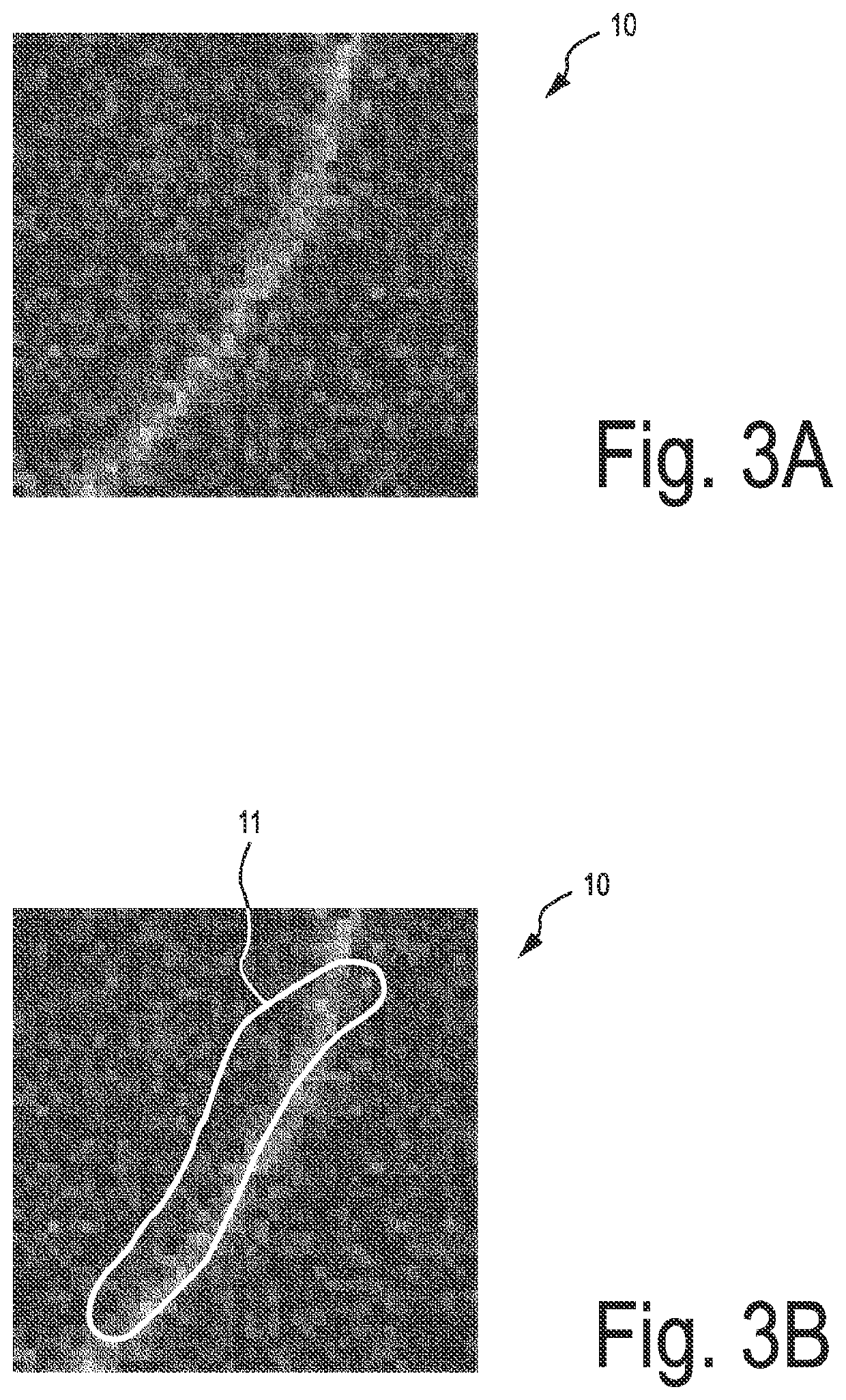Method, system and computer program for determining position and/or orientation parameters of an anatomical structure
a technology of position and orientation parameters, applied in the field of method, system and computer program for determining position and/or orientation parameters of anatomical structures, can solve the problems of difficult image small fiber bundles such as cranial nerves, difficult anatomical localization of brain white matter fiber bundles, and more difficult fiber bundles, so as to minimize or maximize the objective function
- Summary
- Abstract
- Description
- Claims
- Application Information
AI Technical Summary
Benefits of technology
Problems solved by technology
Method used
Image
Examples
Embodiment Construction
[0080]In the following, a short description of the specific features of the present disclosure is given which shall not be understood to limit the invention only to the features or a combination of the features described in this section.
[0081]FIG. 1 is a schematic illustration of a medical system 1 according to an exemplary embodiment. The medical system 1 includes a data processing system 2 and a data acquisition system 7, which is in signal communication with the data processing system 2. In the exemplary embodiment shown in FIG. 1, the data acquisition system 7 is configured as a magnetic resonance tomography system. It is to be understood, however, that the present disclosure is not limited to data acquisition systems, which include magnetic resonance tomography systems, but encompasses all embodiments of data acquisition systems, which are configured to acquired volumetric data from a subject under inspection.
[0082]The data processing system 2 may be a stand-alone computer or m...
PUM
 Login to View More
Login to View More Abstract
Description
Claims
Application Information
 Login to View More
Login to View More - R&D
- Intellectual Property
- Life Sciences
- Materials
- Tech Scout
- Unparalleled Data Quality
- Higher Quality Content
- 60% Fewer Hallucinations
Browse by: Latest US Patents, China's latest patents, Technical Efficacy Thesaurus, Application Domain, Technology Topic, Popular Technical Reports.
© 2025 PatSnap. All rights reserved.Legal|Privacy policy|Modern Slavery Act Transparency Statement|Sitemap|About US| Contact US: help@patsnap.com



